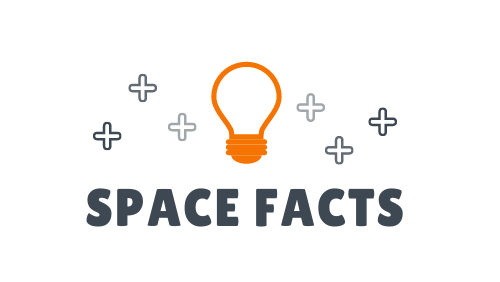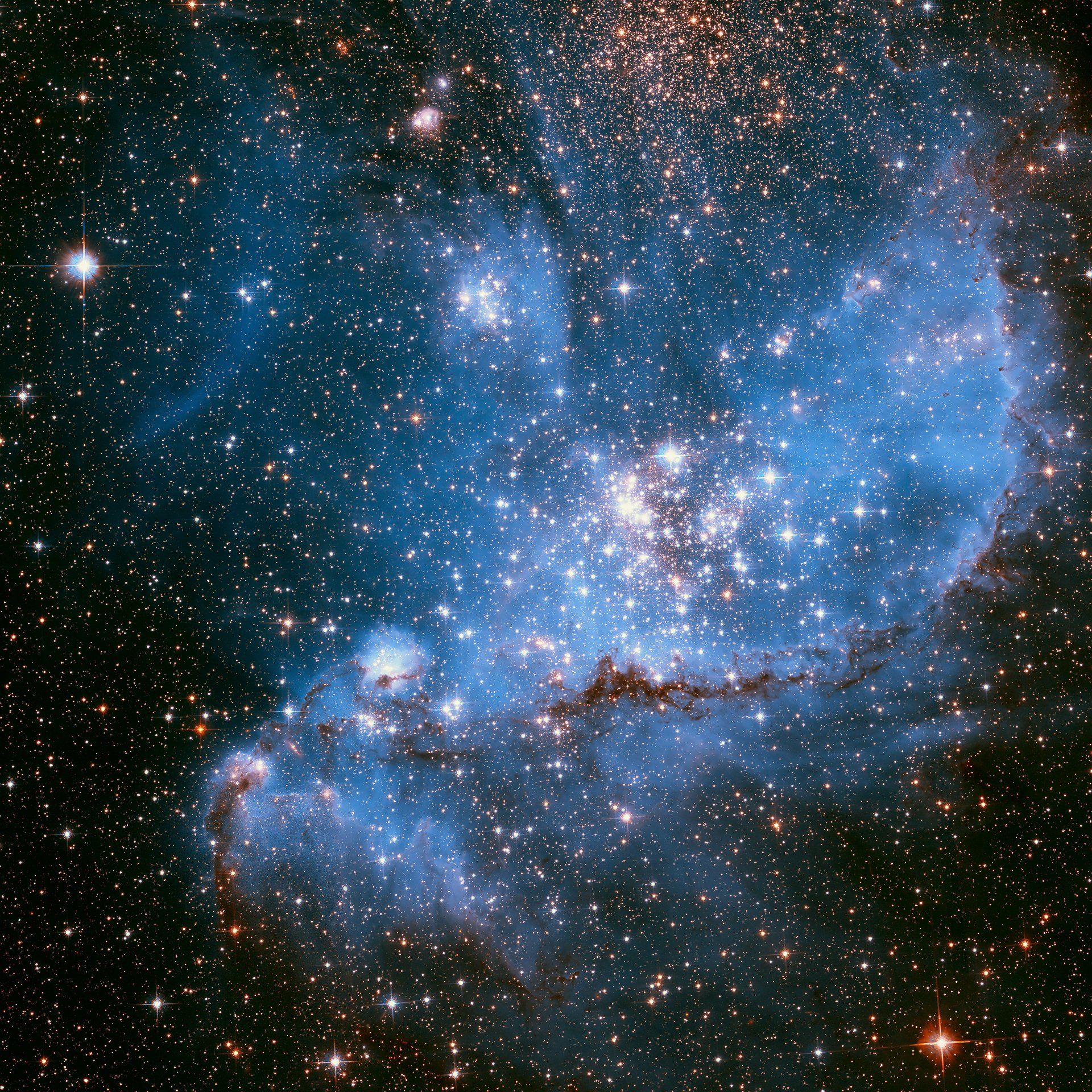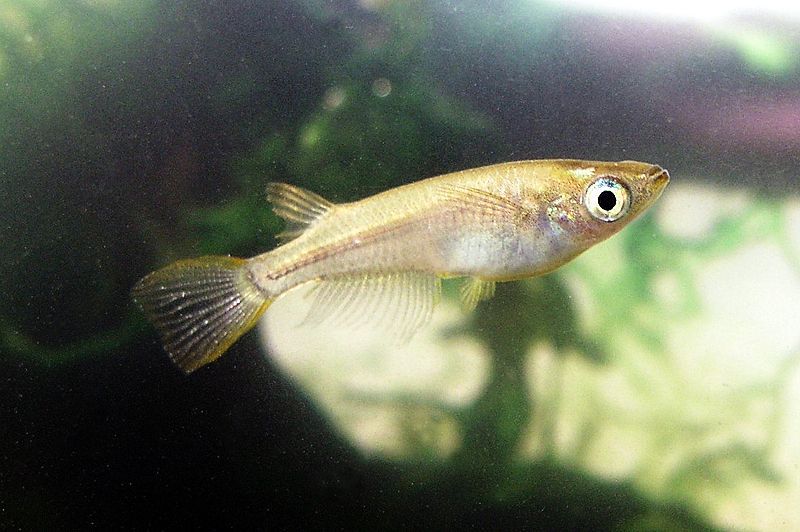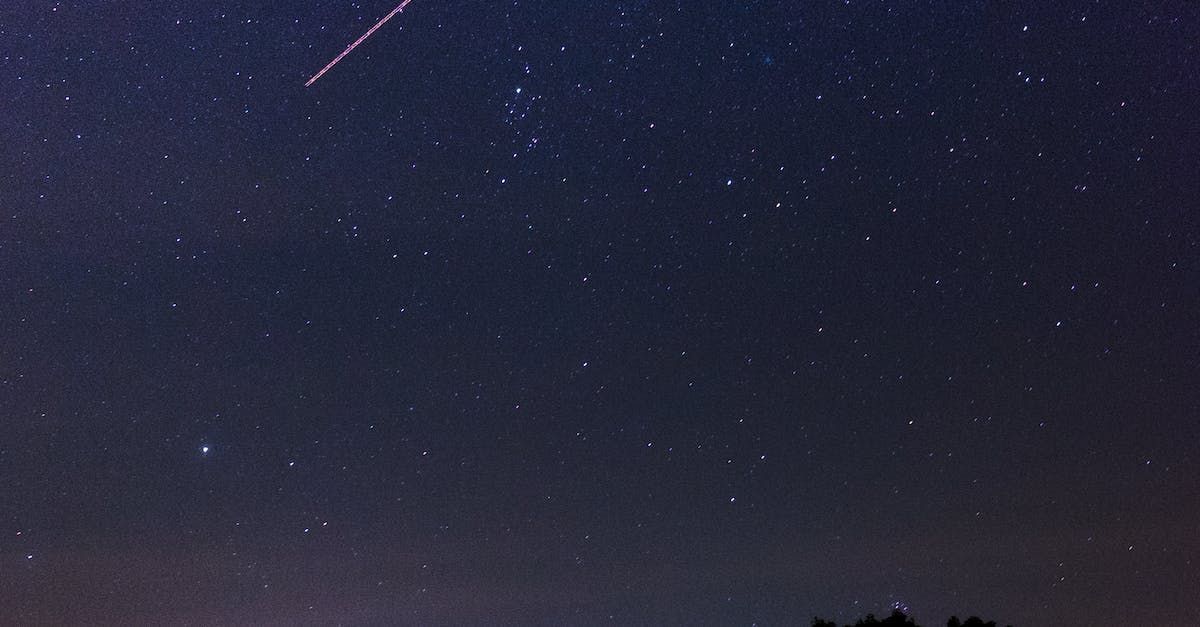Who Was The First Polish Astronaut?
Who Was The First Polish Astronaut?
Mirosław Hermaszewski, born on September 14, 1941, in Lipniki, Wolynian Voivodshi, Poland, became the first Pole to journey into space. After graduating from the military pilot school in Deblin in 1965, he joined the Polish air force and completed his education at the Karol Sverchevski Military Academy in 1971. In 1976, Hermaszewski was chosen from a pool of 500 pilots to participate in the Intercosmos program of the Soviet Union. The Intercosmos program enabled non-Soviet cosmonauts to fly alongside Soviet crews, demonstrating the solidarity between the Soviet Union and other countries sympathetic to its ideology. Hermaszewski's mission was the second Intercosmos flight, launched on June 27, 1978.
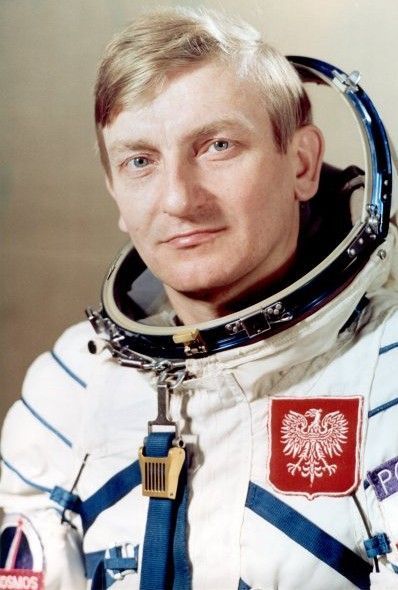
During the Soyuz 30 mission, Hermaszewski served as a research cosmonaut, spending nearly eight days in space conducting scientific experiments and capturing images of the Earth's surface from the Salyut 6 space station. On July 5, 1978, he and his team returned to Earth, landing approximately 300 km (200 miles) west of Tselinograd (now known as Astana, Kazakhstan).
Hermaszewski joined the exclusive group of non-Soviets to be honored as a Hero of the Soviet Union. His bravery and achievements were recognized with the Soviet Order of Lenin, the Polish Order of the Grunwald Cross (1st degree), and the Nicolaus Copernicus medal of the Polish Academy of Sciences. After returning to the Polish air force, he was appointed to the Military Council for National Salvation in 1981, which held governmental powers during the martial law period. Hermaszewski graduated from the Voroshilov Military Academy in Moscow in 1982 and went on to serve as the chief of the Shkola Orlyat High Aviation School and in the Defense Office of Poland. In 1988, he was promoted to the rank of general and later served as the second in command of the Headquarters of the Air Force before his retirement.
© Copyright 2021 Space-facts.co.uk
View our other facts sites: www.animal-facts.co.uk
